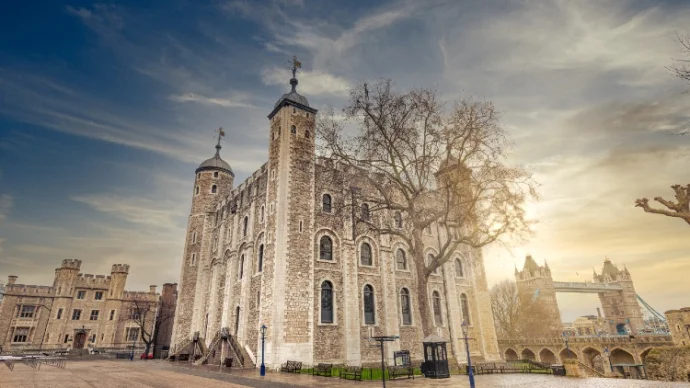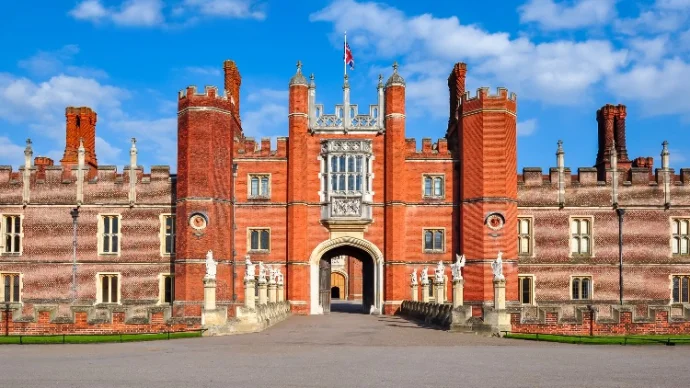
About St Margaret’s Church, Westminster
Known both as ‘the church on Parliament Square’ and ‘the parish church of the House of Commons’, St Margaret’s is a 12th-century Anglican church situated next to Westminster Abbey. It forms part of a single UNESCO World Heritage Site with the Palace of Westminster and Westminster Abbey.
History of St Margaret’s Church
St Margaret’s was founded in the 12th century by the Benedictine monks of Westminster Abbey. Their main duty was to assemble at fixed times throughout each day to worship God by singing ‘the Divine Office’ – they called this Opus Dei (‘God’s work’), and nothing was allowed to disturb them in carrying this out. However, after the monks became constantly disturbed by locals who came to Westminster to hear Mass, they decided to build a smaller and simpler parish church for themselves, and dedicated it to 3rd century Saint Margaret of Antioch.
The first iteration of the church was Romanesque and survived until the reign of King Edward III in the mid-to-late-14th century. By the end of the 15th century, it had fallen to ruin and was almost entirely rebuilt between 1486-1523 at the instigation of King Henry VII. It has been described as ‘the last church in London decorated in the Catholic tradition before the Reformation.’
Soon after the Dissolution of the Monasteries by King Henry VIII, Edward Seymour, 1st Duke of Somerset planned to tear it down to provide high-quality materials for Somerset House, his palace on the Strand but he was rebuffed by armed parishioners.
Over the centuries, elements of St Margaret’s have been rebuilt, added and taken away and visitors come from all over the world to see the commemorative windows, most notably the east window installed in 1509 created – ironically – to commemorate the wedding of Henry VIII to Catherine of Aragon.
Early abolitionists had strong ties with St Margaret’s. Olaudah Equiano was baptised in the church’s font in 1759, and the church has witnessed the weddings of some exceptionally prominent Britons including Samuel Pepys, John Milton, Winston Churchill, Harold Macmillan and Lord Mountbatten. It is also the final resting place of amongst others printer William Caxton and Sir Walter Raleigh.
Since 1614 St Margaret’s Church has been the parish church of the House of Commons, and is where Winston Churchill brought the House of Commons to pray with thanksgiving for the end of the Second World War.
St Margaret’s Church today
Although somewhat overshadowed by Westminster Abbey and often overlooked by visitors to London, St Margaret’s Church is well worth a visit. Entry is free, and there are a number of fascinating memorials, stained glass windows and Tudor features to see.
As well as it’s interesting history, a chief attraction in this church is the walls, which are lined with a variety of memorials in varied styles, which offer fascinating glimpses into past lives.
Getting to St Margaret’s Church
If travelling by tube, head to either Westminster (Jubilee, District and Circle Lines) or St. James’s Park (District and Circle Lines). The church is approximately a 5-10 minute walk from these.
The nearest train stations are London Victoria or London Waterloo, both of which are 0.8 miles away. The walk from Waterloo involves a walk over Westminster bridge, from which there are great views of the Houses of Parliament and Big Ben.
Featured In

London Historic Sites
Londinium, The Big Smoke, The Great Wen: London has experienced its fair share of change over its 2000-year history. Here's our pick of some of the British capital's most famous historic sites to visit today.

Henry VIII Sites
Follow in the footsteps of King Henry VIII, view the places where Henry left his mark on history and find fantastic historic sites to visit on your travels, includes interactive map.




















